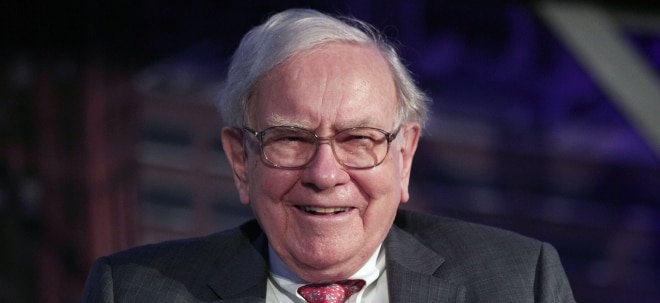OVPD's one unique advantage is that it is relatively easy to scale. That advantage was explained in last year's Capital Market Day presentation. Moving from 6G to 8G to 10.5G technically should not be difficult for OVPD because of the fundamental physics/chemistry of how OVPD works. If Samsung is debating on whether to mass produce OLED at 10.5 G, although pilot production at 8G, then it should be easier to adopt OVPD compared to VTE. For VTE to go from 8G to 10.5 G must be more challenging.
Mini LED/Micro LED are not SCALABLE in a sense that larger display areas scale with the number of mini/micro LED's. So many more MOCVD's would be required. The cost would go with the scale of the products, as opposed to going down. The industry efforts now is how to reduce the numbers of LED's. The brightness of LED's can hardly be further increased and cutting them smaller only increase the difficulties. So they lose the economy of scale advantage in manufacturing. Using OVPD for OLED production, you just use a larger chamber with a larger shower head with more chemicals injecting to the chamber to crank out larger panels, then you cut them up to smaller panels. So the economy of scale benefit is there. Therefore, I doubt mini/micro LED would ever be cost competitive vs OLED. I also believe that OVPD can overcome the larger FMM and substrate weight problems, so if Samsung wants to it can produce high resolution OLED using FMM at size larger than the current G 6 (half cut). One intriguing thought is, can FMM go to 8G and even larger? If so, Samsung does not need QD-OLED. There are technical challenges for sure, but there are no fundamental barriers. All just my personal opinions. |


 Thread abonnieren
Thread abonnieren



 baggo-mh
baggo-mh